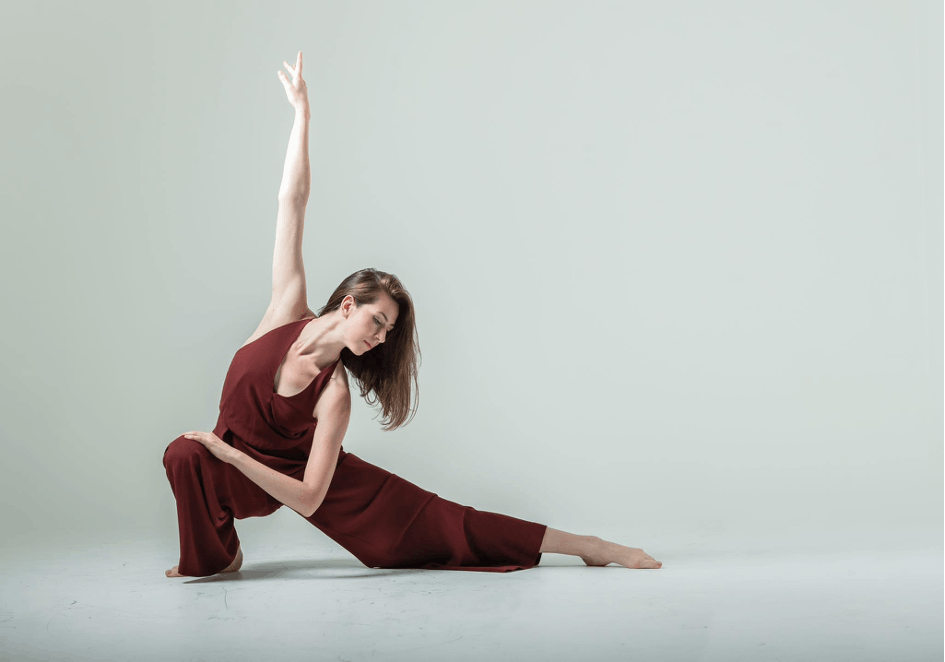Teaching dance safely to children and young people isn’t easy. Children and young people are still developing, which has implications for your approach, preparation and teaching practice. In 2002, Dance UK published its “Dance Teaching Essentials” to support dance teachers in teaching safely. It includes an extensive description of the physical and psychological development of children and young people. But applying scientific theories in practice, in your dance studio, isn’t necessarily easy.
We will bridge the gap between the scientific literature and practice. As a group, we will run through the different physical and psychological aspects specific to different age groups (from young children to young adolescents), brainstorm the possible applications and exchange tips and tricks for aligning our lessons with the target group even better.
